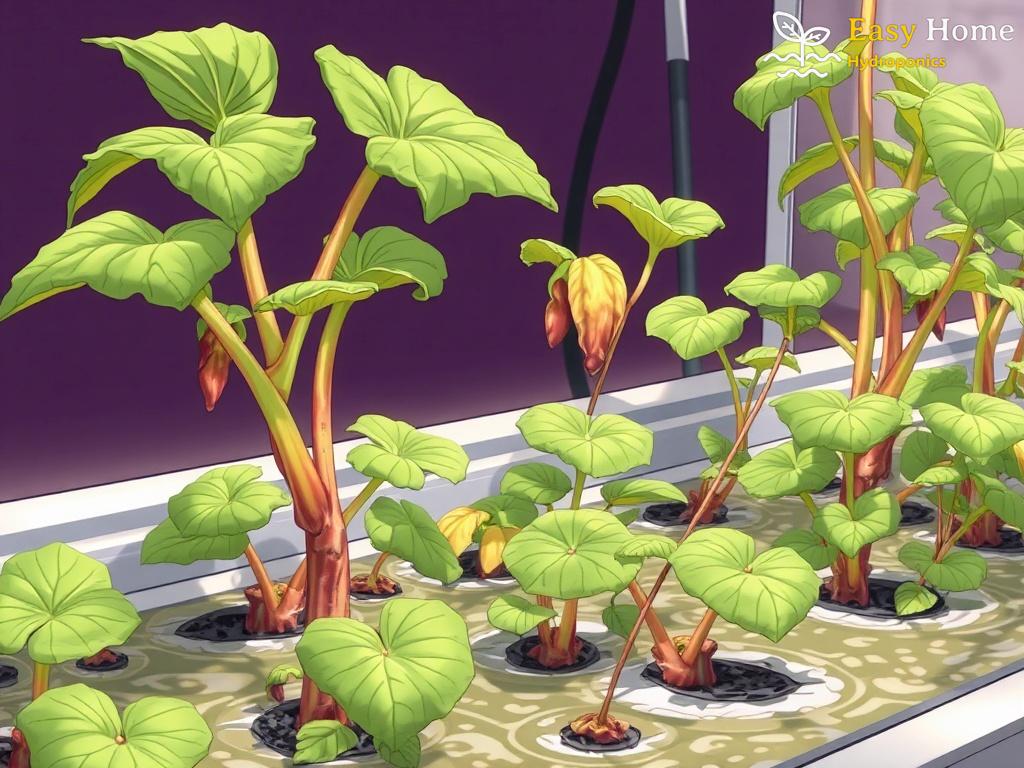Understanding the Hydroponic Environment
When it comes to hydroponics, the delicate interplay of environmental factors is crucial for successful flowering and fruiting. Unlike traditional soil gardening, hydroponic systems require a meticulous balance of nutrients, light, and temperature to stimulate plant growth. By delving into these components, growers can unlock the potential for abundant blooms and fruitful yields. Let’s explore the key elements that can make or break your hydroponic garden.
Nutrient Management: The Heart of Hydroponics
A well-balanced nutrient solution is the lifeblood of any hydroponic system. The right nutrients at the right time can lead to vibrant flowers and bountiful fruit. However, nutrient deficiencies or excesses can cause significant problems, leading to poor flowering and fruiting. Understanding the specific needs of your plants is essential.
Here’s a quick guide to essential nutrients:
- Nitrogen (N): Promotes leafy growth and is vital during the vegetative stage.
- Phosphorus (P): Crucial for root development and flowering; ensures a robust bloom.
- Potassium (K): Supports overall plant health and enhances fruit quality.
- Calcium (Ca): Important for cell wall structure and vital for fruit development.
- Magnesium (Mg): A key component of chlorophyll and essential for energy transfer.
By regularly testing your nutrient solution and adjusting it based on the specific growth stage of your plants, you can optimize their performance and encourage healthy flowering and fruiting.
Light and Temperature: The Dynamic Duo
Lighting conditions and temperature play an equally vital role in the flowering and fruiting phases of hydroponic plants. Different plants have specific light requirements, and understanding these can significantly influence your success. Additionally, temperature regulation can either promote or hinder plant development.
Consider these factors when managing your hydroponic environment:
- Light Intensity: Ensure your plants receive adequate light intensity (around 400-700 μmol/m²/s for many crops).
- Light Spectrum: Utilize full-spectrum LED lights to mimic natural sunlight, promoting healthy growth.
- Photoperiod: Adjust the duration of light exposure to induce flowering, typically 12-14 hours of light for flowering plants.
- Temperature Range: Maintain a day temperature of 20-25°C (68-77°F) and a night temperature of 15-20°C (59-68°F).
By optimizing light and temperature, you can create the ideal conditions for your plants to flourish, leading to a more productive hydroponic garden.




